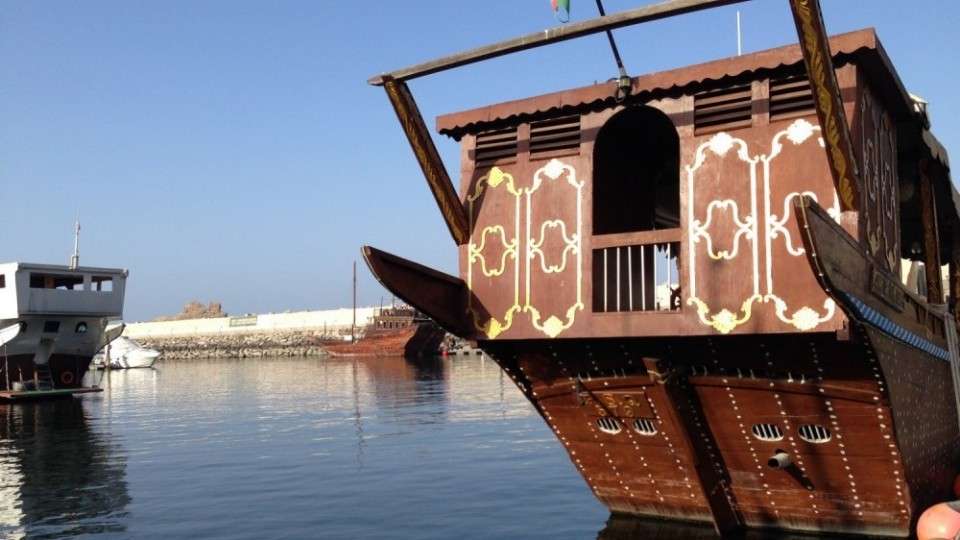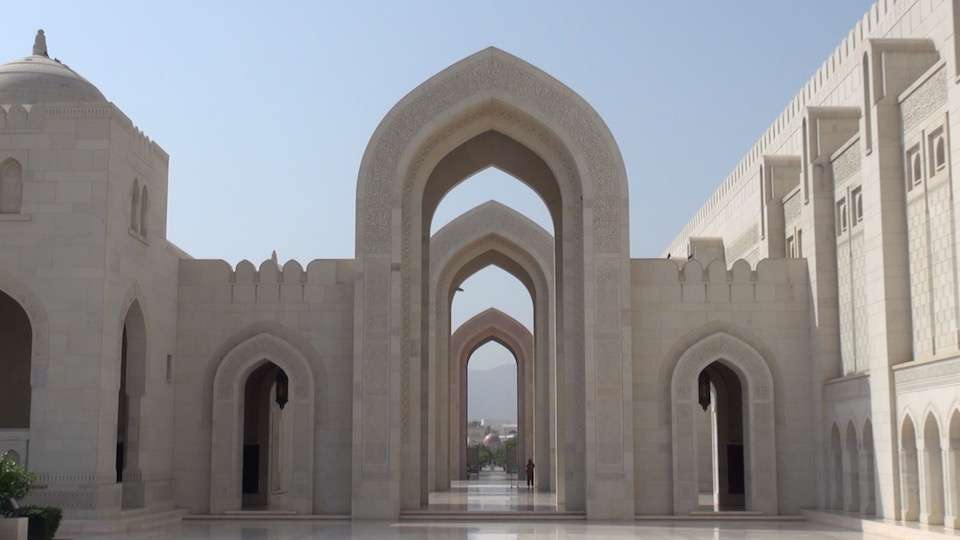Little town of Bethlehem
The “little town” of Bethlehem, attracts pilgrims worldwide to the Church of the Nativity, one of the oldest churches in the world, as the birthplace of Jesus.
Bethlehem is a Palestinian city located in the central West Bank administered by the Palestinian Authority, about 10 km (6.2 miles) south of the Old City of Jerusalem.
Revered by Jews as the birthplace and home town of David, King of Israel, as well as the traditional site of Rachel’s Tomb on the outskirts of the town. The Hebrew Bible says that the city of Bethlehem was built up as a fortified city where David was crowned as the king of Israel. The New Testament identifies Bethlehem as the birthplace of Jesus.
Nearly all travellers arrive via Jerusalem, an Israeli military checkpoint stands on the road connecting the two locations. As with all areas under Palestinian Authority control, Israeli law forbids Israeli citizens to enter unless they receive approval from the Israeli Civil Administration. Tourists are free to enter and exit the checkpoint to Bethlehem and back to Jerusalem as many times as he or she would like without any restrictions. Bring your passport with your Israeli-issued tourist visa.
The economy depends heavily on tourists so the authorities have spent a lot of effort on keeping tourists safe. The Palestinian Authority maintains a constant tourist police presence in the city. Bethlehem‘s tourism peaks during the Christmas season when Christians make a pilgrimage to the Church of the Nativity, as they have done for almost 2,000 years.
Bethlehem has been under Muslim rule until 1099 and later the Ottomans in the early 16th century. Control of Bethlehem passed from the Ottomans to the British at the end of World War I, only to come under Jordanian rule during the 1948 Arab-Israeli War and was later captured by Israel in the 1967 Six-Day War. Since 1995, Bethlehem has been administered by the Palestinian Authority. A large number of residents are from families made refugees from 1948.
The main thoroughfare of Bethlehem is Manger Street which stretches from Rachel’s Tomb all the way to Manger Square, the focal point of the city. Manger Square is flanked by the Church of the Nativity on one side and the Mosque of Omar on the other. The Old Town and the souq (market), which are best navigated on foot, stretch up the hill from Manger Square.
The Church of the Nativity is one of Bethlehem‘s major tourist attractions and a magnet for Christian pilgrims. It stands in the centre of the city, a part of the Manger Square, over a grotto or cave called the Holy Crypt, where Jesus is believed to have been born.
The Church of the Nativity, one of the oldest churches in the world, undoubtedly the top attraction in Bethlehem, a veritable citadel built fortress on top of the cave where Jesus was born. A star marks the exact location of Jesus’ birth in the cave, called the Grotto of the Nativity, and is accessible from inside the church. Entrance to the complex is free but be prepared for massive crowds and hour-long waits for entry into the Grotto. There are usually accredited tour-guides waiting at the entrance of the church who offer to give tours to groups/individuals – agree on a price before taking the tour.
The adjoining Franciscan Church of St Catherine dated 1881 and the site of the yearly December 24 midnight mass broadcast around the world. Christmas rites are held in Bethlehem on three different dates: December 25 is the traditional date by the Roman Catholic and Protestant denominations, but Greek, Coptic and Syrian Orthodox Christians celebrate Christmas on January 6 and Armenian Orthodox Christians on January 19. Roman Catholic services take place in St. Catherine’s Church and Protestants often hold services at Shepherds’ Fields.
Nearby is the Milk Grotto where Mary supposedly spilt a few drops of breast milk while feeding Jesus as she hid before the Holy Family’s escape to Egypt, turning the cavern milky white. The white powder scrapped from the cave is also sold as a fertility medicine inside the chapel. Next door is the cave where St. Jerome spent thirty years creating the Vulgate, the dominant Latin version of the Bible until the Reformation.
Shepherds’ Fields in the Bethlehem suburb of Beit Sahour claim to be the site of the angel’s visitation to the shepherds mentioned in the Gospels.
Rachel’s Tomb, the burial place of the matriarch Rachel, wife of Jacob and mother of Joseph and Benjamin is the second most important historical site for Christians. It is a holy site in Judaism, Christianity and Islam. As a result of the security situation, the Tomb’s original structure has been surrounded by an Israeli fortress, barricading it off from Bethlehem. While the original tomb can still be seen in its entirety from within the fortress, access to the tomb is now restricted.
The graffiti by famed and mysterious artist Banksy, drawn on the barrier wall dividing Bethlehem from Jerusalem, has drawn worldwide media attention and is definitely worth a look. To see this, it is probably best to hire a taxi. The high concrete walls nearby and graffiti by other artists show the conflict from inside the walls, called ‘Occupation Road‘.
A short ride down the road I was able to visit a refugee camp created from the conflict of 1948, funded by the United Nations, it allows outsiders to see how the conflict has affected those that call this place home. Signs and posters show pictures of those killed fighting for freedom and justice in what is an occupation by Israel. I was deeply moved and brought to tears, but I didn’t feel threatened by those that watched as I went about my visit.







